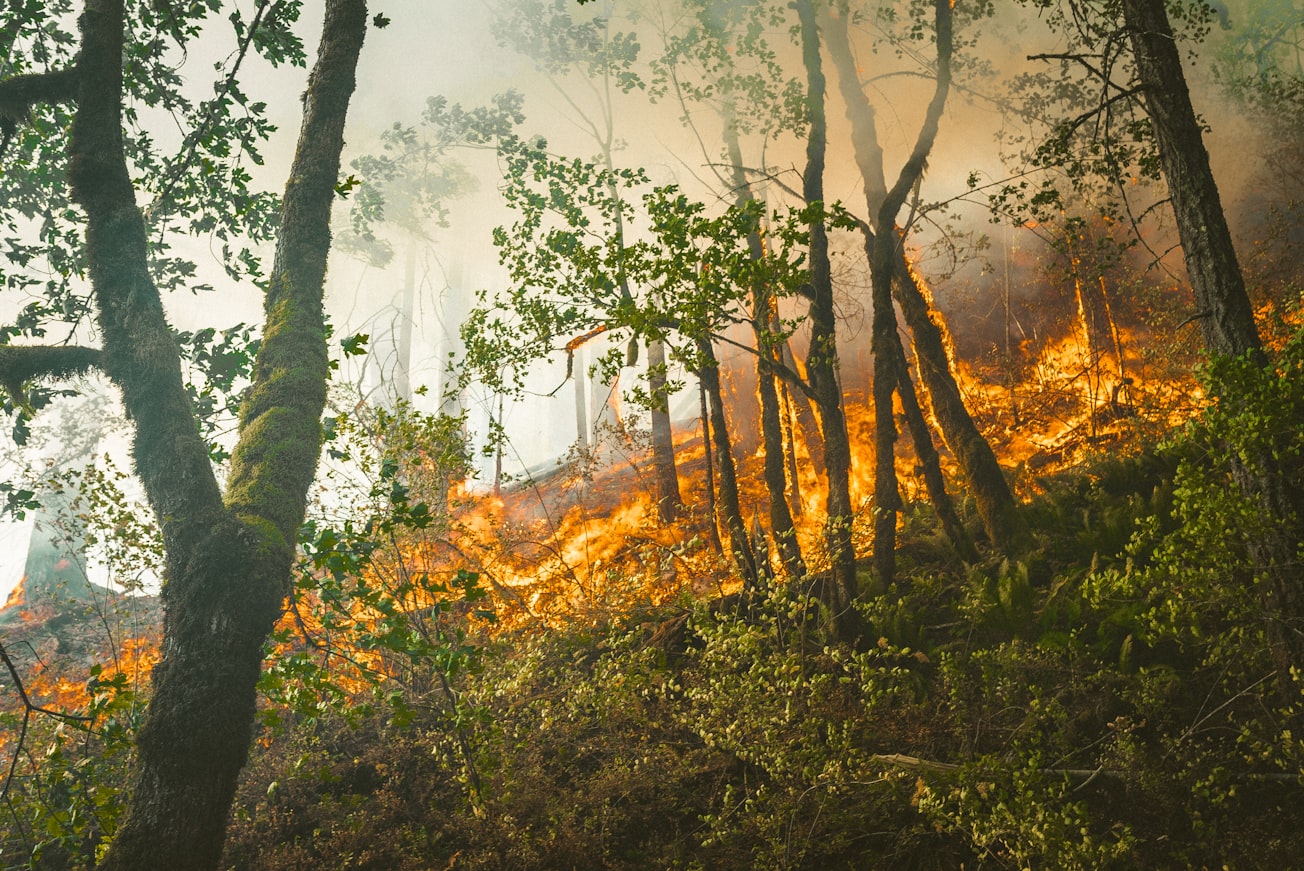Featured Image

Photo by Karsten Winegeart on Unsplash
Why is it important?
Climate change and its severity play an important role in forest fire regime. Analysing the for-est fires events becomes a prerequisite for safeguarding the forest from further damage. We have made an assessment of the long-term forest fire events at the district level in India and identified the forest fire hotspot districts. The spatial seasonal (January to June) district wise pattern and forest fire trend were analysed. In the second part of the study area (central part of India), we have evaluated the forest fire events in grid format with respect to the climatic/weather datasets, and the statistical analysis Cramer V coefficient (CVC) was performed to understand its association/relationship with forest fire events.The study revealed that Karbi Anglong and North Cachar Hills districts of Assam of India have the highest forest fire percent among all districts equivalent to 3.4 and 3.2% respectively. Dantewada district of Chhattisgarh and Garhchiroli district of Maharashtra of India occupied 3rd and 4th rank with value 3.1 and 3.0% respectively. The grid-based evaluation (local scale) revealed that most of the fire equivalent of 80% was found in the month of March and April. Forest fire frequen-cy of the month of April is spread over 88 % of the grids over the study area. The 11 years average seasonal month-wise (February to June) maximum temperature, wind velocity, relative humidity, and solar radiation were found in the range of (25.9 to 40.6), (1.69 to 2.7), (0.301 to 0.736) and (14.21 to 22.98) respectively. The percentage increase (in the month of March) of maximum tem-perature, wind velocity, and solar radiation were 36, 39 and 62% respectively, when compared with the preceding month; whereas, a 60% decrease to relative humidity that was observed in the same month is usually the major cause of forest fire events in the month of March onwards.The evaluation of Cramer V coefficient (CVC) values of rainfall, relative humidity, potential evapotranspiration, maximum temperature, wind velocity, and solar radiation were in decreasing order and in the range of 0.778 to 0.293. The highest value of rainfall (0.778) showed its strongest association with the forest fire events. In the month of June, these areas receive adequate rainfall, which leads to an increase in the soil moisture and a reduction in forest fuel burning capacity by absorbing the moisture and it is a strong reason for less forest fire events during this month.Geospatial technology provides an opportunity to evaluate large datasets over various spatial and temporal scales and help in decision making/formulating various policies.
Read the Original
This page is a summary of: Forest Fire Trend and Influence of Climate Variability in India: A Geospatial Analysis at National and Local Scale, Ekológia (Bratislava), March 2019, De Gruyter,
DOI: 10.2478/eko-2019-0005.
You can read the full text:
Contributors
The following have contributed to this page







